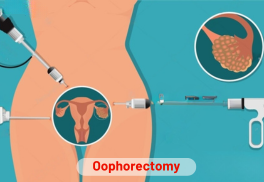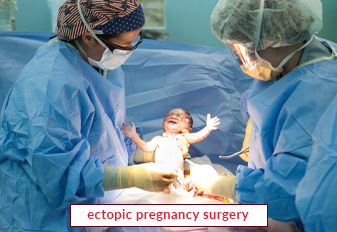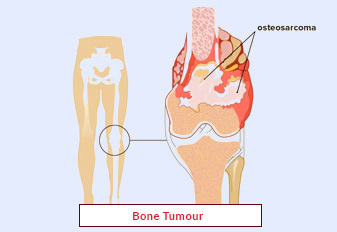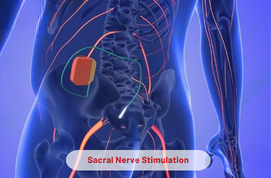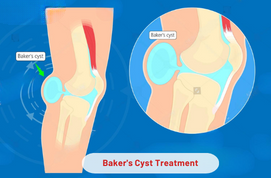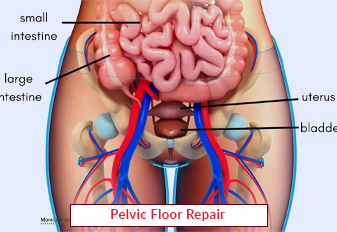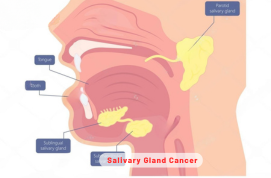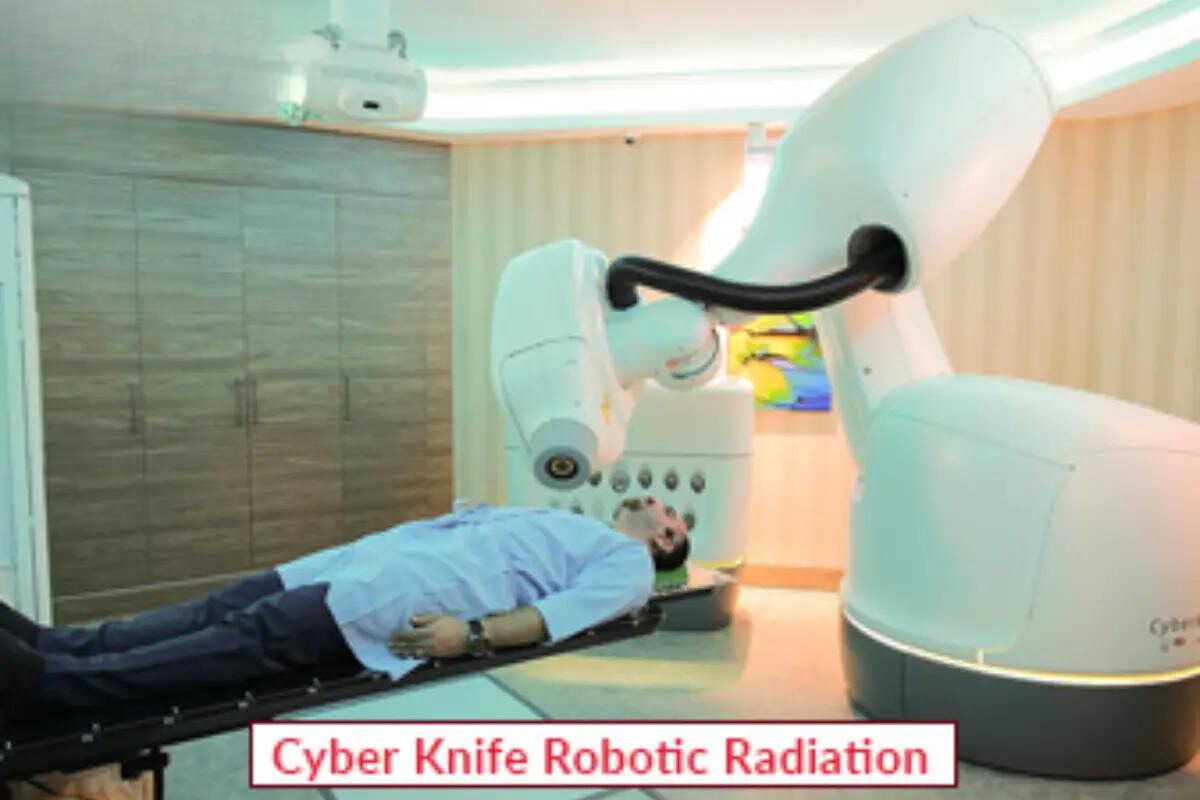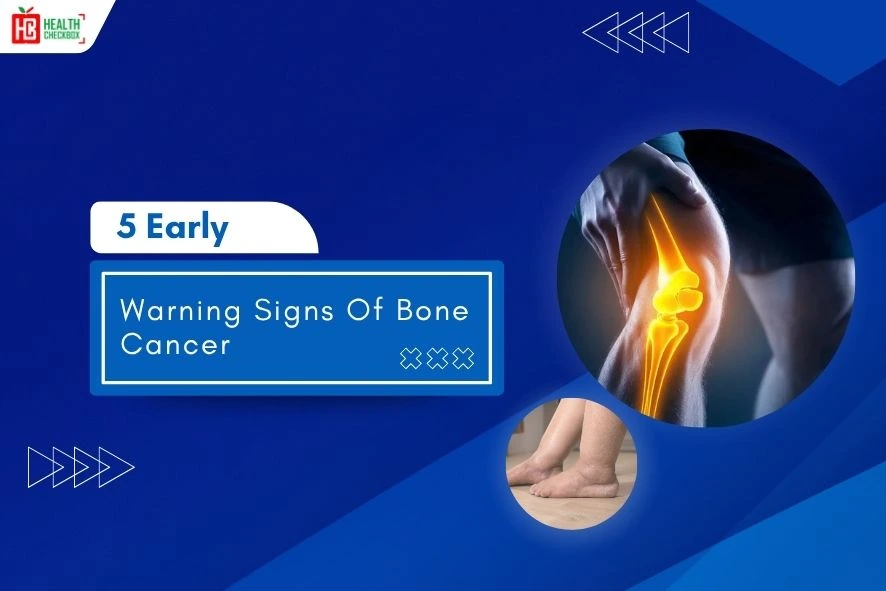In this procedure, a single or both ovaries are removed through surgery. Oophorectomy treats medical conditions in females, like reducing the risk of ovarian cancer. Ovaries are present on both sides of the uterus and play an important role in the production of hormones. These messengers control the production and releasing of the eggs during the month cycle in women.
Types of Oophorectomy
It involves the process of removing ovaries, and it is of various types and are mentioned below:
- Unilateral Oophorectomy: Only one ovary is removed.
- Bilateral Oophorectomy: Two ovaries are extracted.
- Salpingo Oophorectomy: It involves the removal of single or both ovaries and fallopian tubes.
- Partial Oophorectomy: Either one or both ovaries are removed.
- Prophylactic Oophorectomy: It removes a single or both ovaries along with the fallopian tubes.
Why is Oophorectomy Done?
There are many reasons why this procedure is required to treat the following conditions:
- Removing cancerous tumor in the ovaries
- Infection the ovaries due to pelvic inflammatory disease
- Abnormal growth of tissue because of endometriosis
- Benign growth of cells
Procedure of Oophorectomy
Some preparation has to be done before going for the surgery, and these are given below:
1. Diagnosis
There are some tests that are run by a doctor, and are as follows:
- Blood test
- Urine test
- Ultrasound
- Physical examination
- CT scan
2. Types of Surgery
Your surgeon will conduct an operation on the basis of your medical situation. There are some types of Oophorectomy which are as follows:-
- Laparoscopic: A small laparoscope camera is inserted by making a small cut in the belly button of an individual. An incision is made by using surgical cutting tools. Then the camera will capture inside images of the pelvic area and which is ideal for less cutting process.
- Vaginal: This surgery is required when the whole uterus has to be removed by the process of hysterectomy. The chance of getting an infection is less.
- Robotic-Assisted: A doctor will make a few small cuts, and then the robotic camera and arms are inserted to remove ovaries. It is done in a controlled way. This surgery is developed to reduce surgical scars, less pain, and patients recover rapidly.
- Laparotomy: Your ovaries are removed by making a large cut on your belly. This operation may take a long period to recover, and the probability of an infection is less.
- Open Surgery: It is an old way to do an operation by making a large cut in the belly. It makes it easy to see the full view of tissues, organs, and blood supply arteries.
3. Entire Procedure of Oophorectomy
Here is the process from start to end:
Before the Procedure
Your surgeon will ask about your medical history and run some tests before starting the surgery.
During the Procedure
Its procedure includes some steps:
- Your surgeon will give anesthesia to numb the area for the operation.
- Now, a doctor will decide what type of surgery is required which depends on the severity of your disease. It includes open or laparoscopic surgery.
- After determining the type of operation, small or large cuts are made on your abdomen.
- Special tools and cameras are used after making a cut.
- The ovaries get separated from the tissues and blood arteries. Now, single or both ovaries are removed from the abdomen. If it is required then fallopian tubes and uterus may be removed.
- After completing the process, cuts are closed with dissolving stitches.
After the Procedure
You will be taken to the recovery room for a certain time, and after checking your vitals, a doctor will guide you and prescribe some pain relieving medicines.
4. Recovery Time for Oophorectomy
Time duration to recover from an operation depends on your health and its type. In general, it takes approx, 6 weeks for a woman to return to her normal activities.
Risks of Oophorectomy
This process may cause some risks which are as follows:
- Hormonal changes
- Damage to the urinary tract
- Dementia
- Mood disorder
- Bleeding
- Pain
- Infection
- Sexual problem
Our Other Services
Latest Health Tips
Can Immunotherapy Cure Stage 4 Lung Cancer?
Early Signs of Cervical Cancer
Foods that Kill Cancer: Leafy Vegetables, Grains, & More
What Stage of Cancer is Immunotherapy Used For?
Which is Worse for Cancer, Sugar or Alcohol?
Vaccines That Prevent Cancer
What Kills Cancer Cells in the Body Naturally?
Early Warning Signs of Bone Cancer
Submit Your Enquiry
Testimonials








